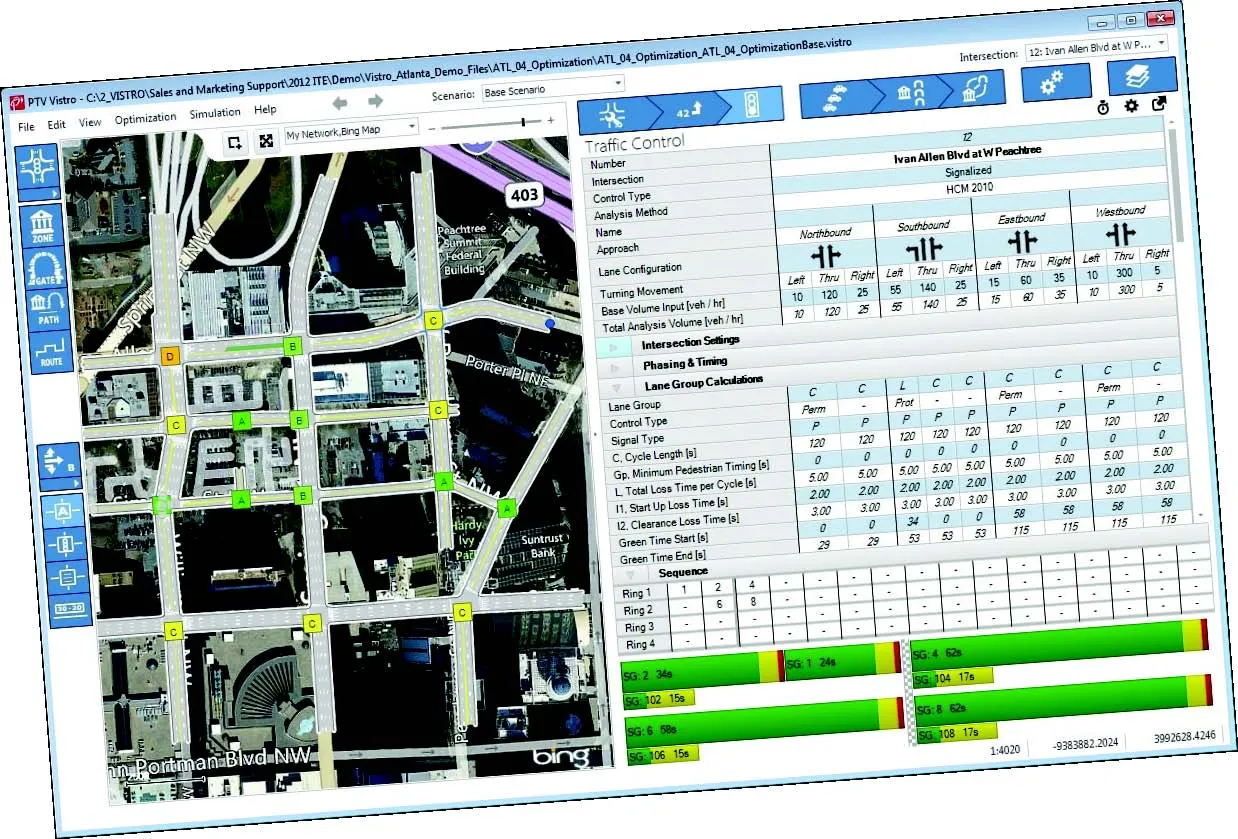
The change detection algorithm allows users to mix and match models from different modelling tools and pipelines and still identify what has changed over time between revisions. This tool is important for design coordination stages, and also throughout construction when contractors introduce as-built models. It is important too for litigation to attribute who did what for legal liabilities and financial claims.
By comparing the actual geometry of a model rather than underlying, software specific object IDs or labels, 3D Diff can detect changes between models from different sources. A user can pass 3D models from PDMS to Navisworks as well as to
The firm says that this fast, effective, software independent solution for change and clash detection requires no installation of desktop software. Data is encrypted and project privileges, such as view only or edit, can be assigned to individual project partners.








